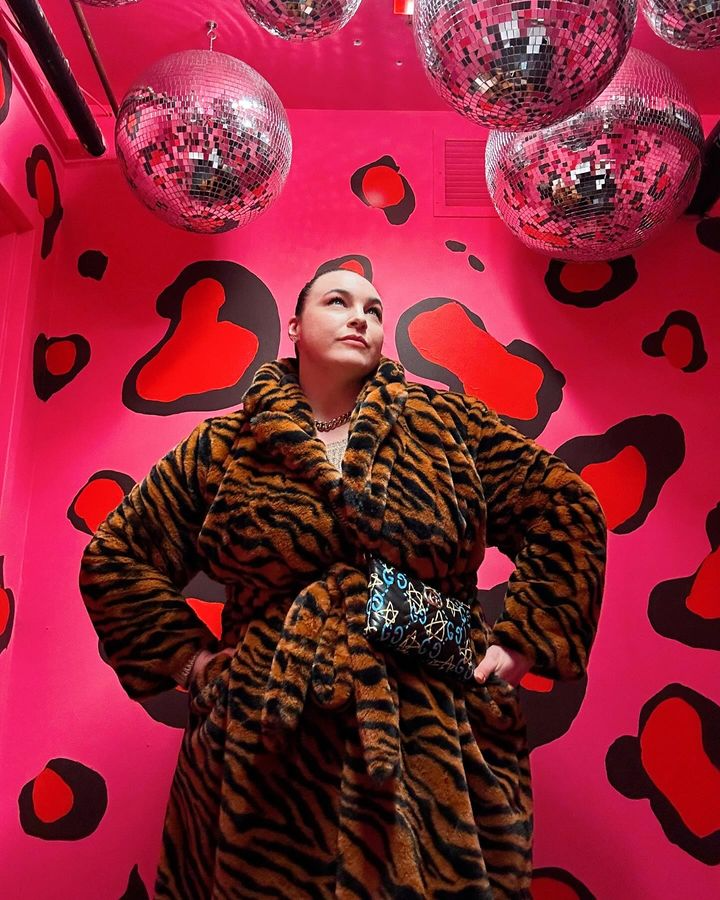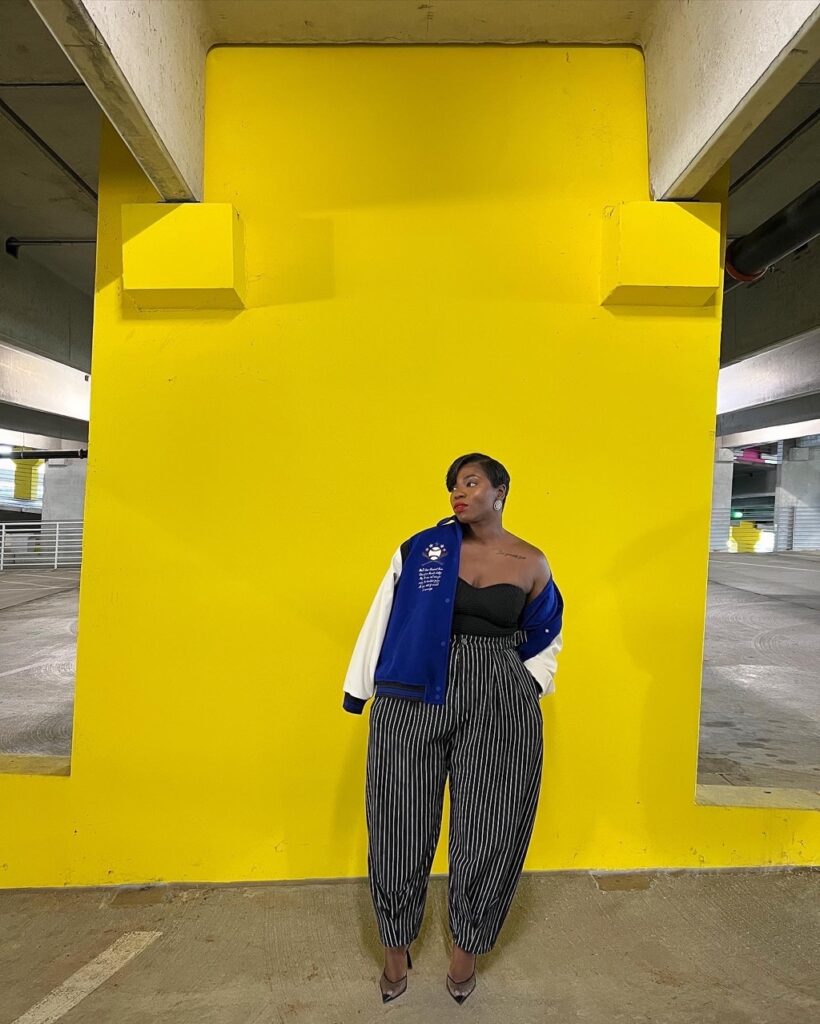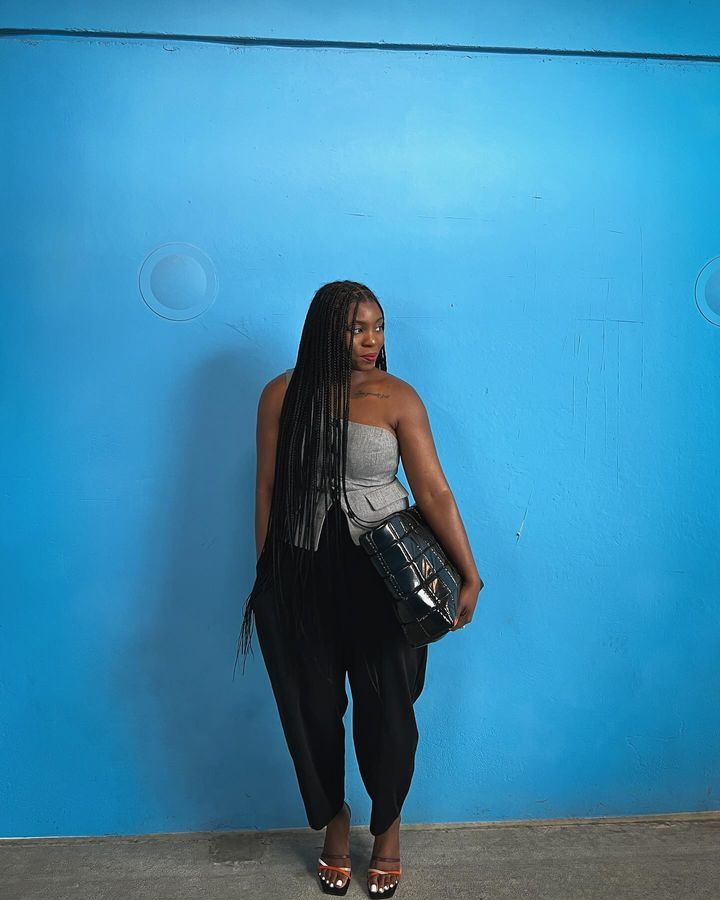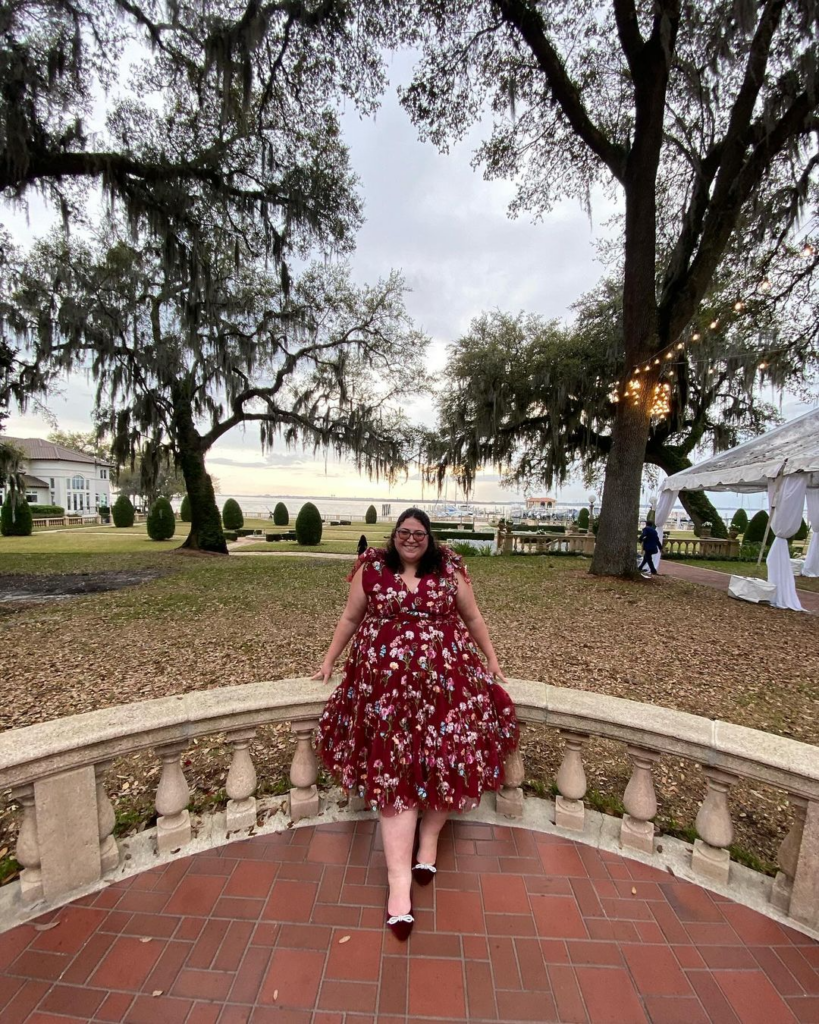Fashion Week just passed and while there were some plus size highlights, the lack of representation was the overwhelming theme (again). It’s not surprising that research shows that 81% of women don’t feel represented by fashion advertising in general and a whopping 90% don’t feel represented by fashion models or runway shows!
Given that we ALL have to wear clothes, we should all be able to find and buy clothes that fit not just our body, but also our style, our budget and our values. But for many women that is not the case.
New US body data, published by social-shopping platform Mys Tyler, shows that more than half (54.4%) of women in the US wear a size 14 or above — considered “plus size” by the industry. And despite plus size being the majority, this segment of consumers has it the worst when it comes to shopping, with a host of additional limitations beyond those experienced by the straight and mid-sized categories.
If we can talk about it more, perhaps we can all impact the change we need to see? To start off the conversation, we asked three women in the fashion industry to talk about gaps and opportunities in the plus size market.
Three Women on the Gaps and Opportunities in the Plus Size Market
Alison Zupancic: “My experience as a plus size model & creator”
“The plus size market remains underserved and now, actively regressing during the Y2K resurgence”
I’m Alison Zupancic (@curvygirldc), a DMV-based plus size content creator passionate about size inclusivity, diverse representation, and advocating for women’s health. Living with hypothyroidism and Hashimoto’s disease, I’ve learned to challenge limitations, both in my personal life and within the fashion industry, encouraging others to do the same.
While we’ve made progress, the fashion industry still struggles with size inclusivity. The plus size market remains underserved and now, actively regressing during the Y2K resurgence. As a model and creator, I’ve seen how a lack of representation and limited sizing can make women feel excluded from fashion that should celebrate them.

One of the biggest gaps is the lack of fashionable, sustainable clothing in extended sizes. Many brands claim to offer plus, but often fall short in providing trendy, high-quality garments past a size 22. This issue is worsened by the fast-fashion industry, which tends to neglect sustainability in plus size designs. I’d love to see more brands offer well-made, stylish pieces for all body types while prioritizing sustainable fashion.
Each fashion week, plus size models remain underrepresented in campaigns and on the runways. The industry continues to highlight and reward thinner models, leaving out the vast majority of body types that exist in the real world. Representation isn’t just about fashion—it’s about empowerment & visibility. It’s time for the industry to embrace meaningful and constructive conversations with the plus community, fostering a space that reflects and celebrates all.
Kemi Ajibare: “My experience as a fashion stylist”
“Plus size sections are frequently reduced to basics, devoid of the trendy, fashion-forward pieces that many clients desire, which can prove challenging.”

I’m Kemi (@styledbykemi), a personal stylist and image consultant, passionate about helping everyday professionals elevate their style with modern, versatile wardrobe essentials. While fashion celebrates diversity in many forms, it needs to improve when it comes to size-inclusivity. Many of my clients are plus size, and despite this category representing a significant portion of consumers, it is frequently overlooked by the industry which can lead my clients to feel frustrated and alienated.
Among the frustrations are the limited options available (a key reason they seek out my help to point them in the right direction and save them time on research). Plus size sections are frequently reduced to basics, devoid of the trendy, fashion-forward pieces that many clients desire, which can prove challenging.
The fit and quality of plus size options can also be subpar. Many brands simply scale up their designs without considering the unique proportions and needs of plus size bodies, for my clients this often results in lots of trial and error with ill-fitting garments.
And finally, so many brands are missing out because they lack plus size representation in their advertising and merchandising (even when they carry the sizes), which sends a message to plus size women that they are not the intended audience.

Brands that don’t cater, or poorly cater to, plus size women are missing out on servicing the majority of the market. Fortunately, I’m seeing more brands wanting to serve this market better. For brands looking to make a change in this space, here are some things to consider:
1. Expand size ranges thoughtfully by working with plus size fit models and considering the proportions and comfort of larger sizes. A size-inclusive collection should offer the same style, quality, and attention to detail.
2. Incorporate diversity of plus size bodies across advertising, campaigns, and runway shows.
3. Price consistently across sizes, plus size consumers should not be subjected to higher prices.
4. Create an inclusive shopping experience by offering your full range of sizes in physical stores, not just online, and by training staff to provide respectful and knowledgeable service to all customers. A welcoming atmosphere can significantly impact the shopping experience for plus size individuals.
Brianna Siciliano “My experience as a plus size shopper”
“Plus-size isn’t one-size-fits-all, yet when I look at fashion ads, I mostly see hourglass figures, even in 2024!”

I’m Brianna Siciliano (@briannamaria95), Brand & Community Manager at Mys Tyler. I’ve been passionate about plus size representation for most of my life, in college my honors thesis explored the ways plus size bodies are represented in media.
As a plus size tween turned teen turned woman/adult, fashion has always been a struggle. I can’t remember a time where I was able to walk into a shopping mall (or any store for that matter, excluding the very select plus size brands) where I was able to find options that fit my full-figured, tall (6 foot 1) frame. And let’s not even talk about stylish, trendy options! As a result, I’ve primarily shopped at exclusively plus size brands like Torrid and Lane Bryant. While I’m thankful they cater to plus sizes (beyond small and mid-fats!), being restricted to two brands is quite boring.
Plus size isn’t one-size-fits-all, yet when I look at fashion ads, I mostly see hourglass figures, even in 2024! I have a bigger belly, wide hips, and a bigger butt, but I rarely see bodies like mine represented. We make up the majority of the population, yet we’ve been marginalized and othered for so long.

There’s a lot that brands are getting wrong. Some market themselves as being size inclusive but only go up to a XXL-XXXL, or their “plus sizes,” are actually sized-up straight sizes and not designed for plus size bodies. Styles can be quite matronly, boring, or ugly, and nothing like their straight size pieces (which also have a much larger selection). And it’s frustrating when brands offer plus sizes, but don’t use plus sized models in their advertising.
Universal Standard is one of the few brands that’s truly inclusive in their sizing and fit. They offer showroom pop-ups across the country where you can meet with a stylist and try on pieces before ordering. I own a few pieces from their collection and I love supporting a brand that supports my community!
There are some other brands doing a pretty good job catering to the plus market, like What Lo Wants, Wray NYC, and Rebdolls, all of which I haven’t tried, but have seen positive things about online. But we still have a long way to go.
What is YOUR perspective on the state of plus size fashion? Do you have similar thoughts as these three about the gaps and opportunities in the plus size market or did they miss something not mentioned?
Can you relate to any of these women? Share your thoughts in the comments section below.
Author: Sarah Neill, founder of Mys Tyler
